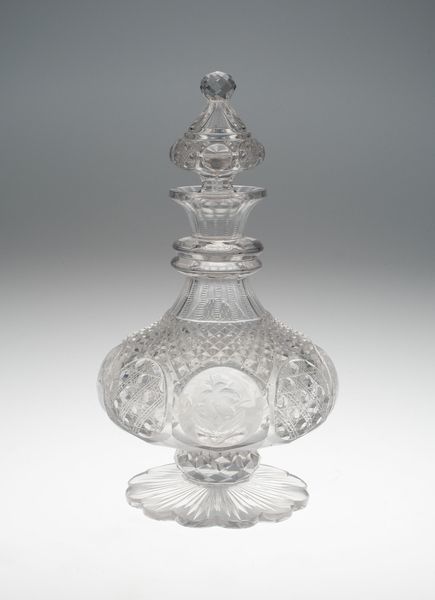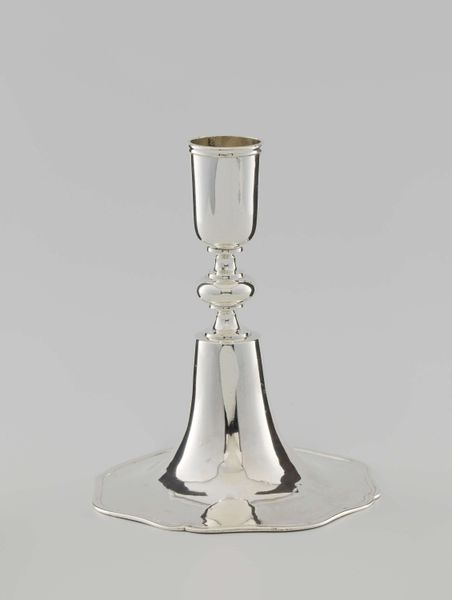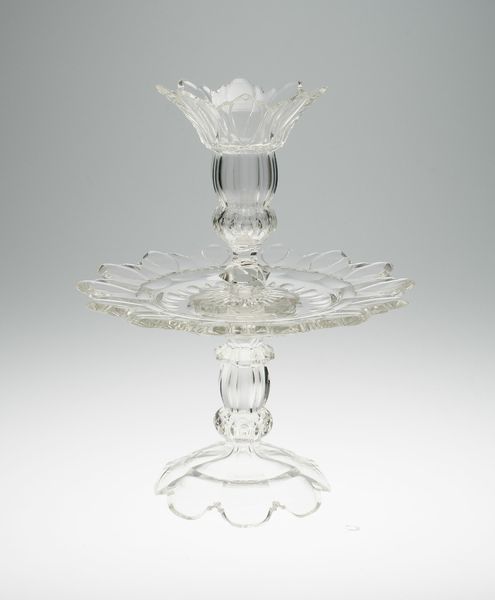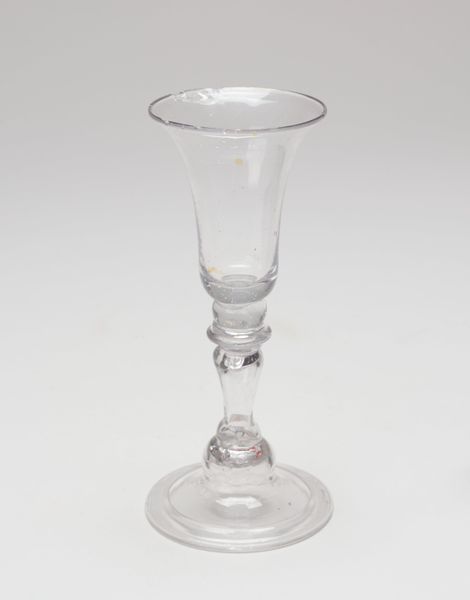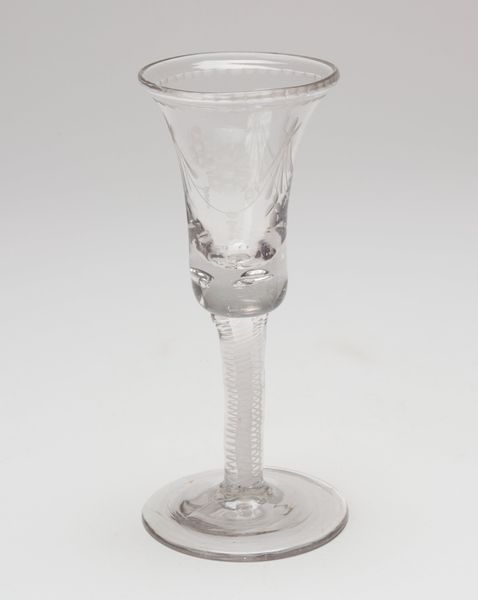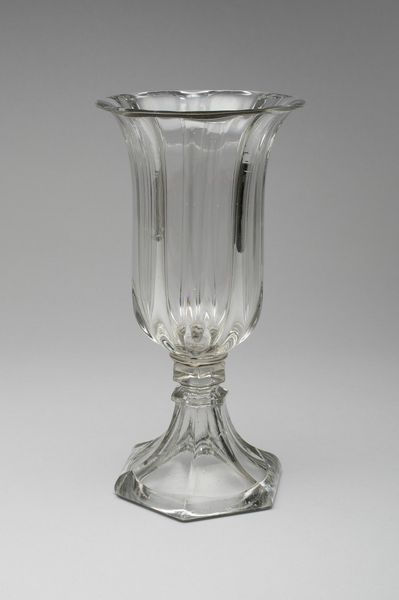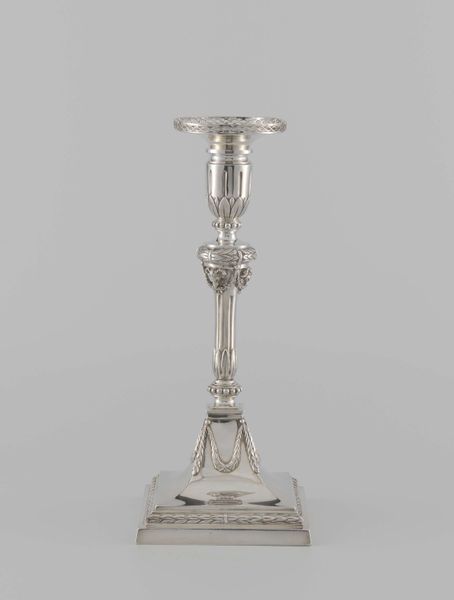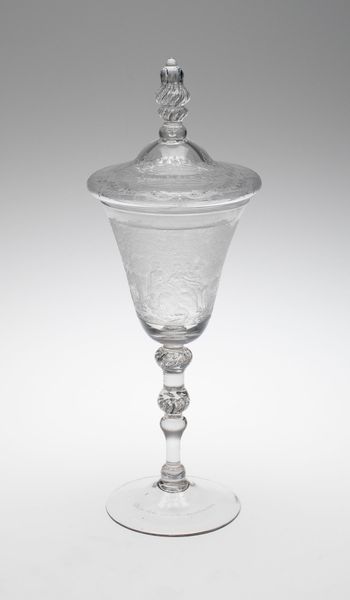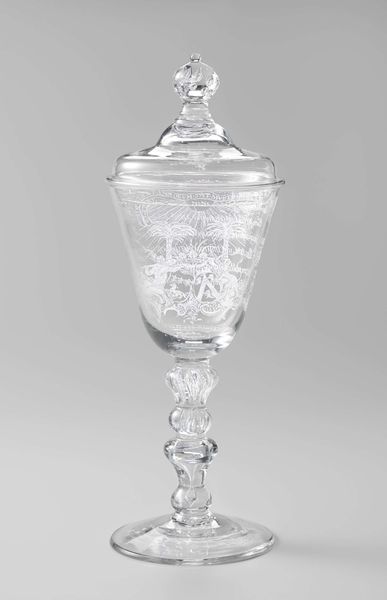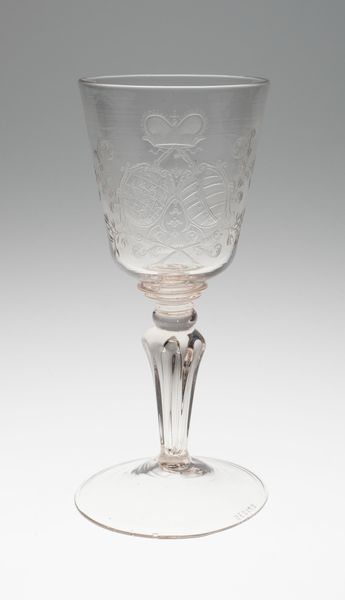
glass, sculpture
#
figuration
#
glass
#
sculpture
#
decorative-art
Dimensions: 29.2 × 15.2 cm (11 1/2 × 6 in.)
Copyright: Public Domain
This spoon rack, produced by the Canton Glass Company between 1879 and 1899, is made from pressed glass. Its clear, reflective quality draws you in. The elephant on top gives it a touch of whimsy, but let’s consider how this piece was made, and why. Glass pressing was a mechanized technique, allowing for the mass production of decorative objects. Molten glass was forced into a mold, creating intricate patterns quickly and cheaply. Notice the fluted edges and the detailed elephant. These details, once the domain of skilled glassblowers, were now achievable by machine. The rise of pressed glass reflects broader social shifts, like the growth of consumer culture and the changing nature of labor. This spoon rack speaks to the Victorian era's fascination with novelty and display. Everyday objects became opportunities for ornamentation, blurring the lines between functional ware and art. By considering the materials, the making, and the context, we can appreciate this spoon rack as more than just a pretty object. It's a window into a world transformed by industry and a testament to the ingenuity of American glassmakers.
Comments
No comments
Be the first to comment and join the conversation on the ultimate creative platform.
